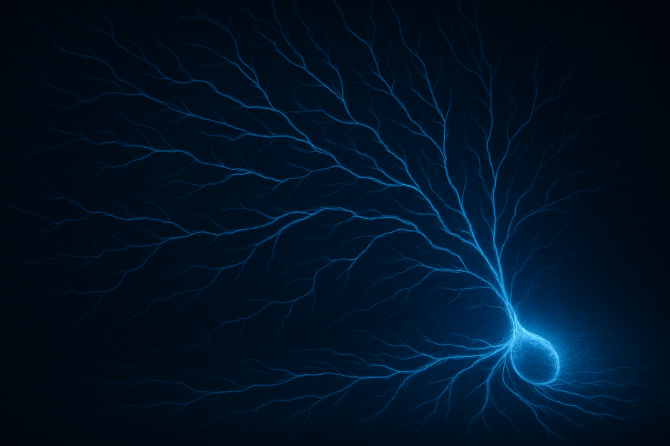
Max Littman, LCSW
September 25, 2025
The first steps in the IFS protocol are to find and focus. Here, we are invited to notice a part and then stay with it. Beneath those simple actions lies a deeply embodied, neurological, attentional, and energetic process. When we pause and notice a tight chest, a stomach dropping, a vivid memory, or words looping in our minds, we are practicing interoception and neuroception: sensing our internal states and detecting cues of safety or threat in the nervous system. More importantly, we are locating a limb of a neural pathway. Like a branch on a tree, it extends outward from somewhere deeper.
Limbs, Roots, and Seeds
I like to imagine our inner systems as a vast root system beneath the ground. At the root system’s origin is a seed, which in IFS terms is the burden—a raw imprint of powerlessness, shame, or fear. That seed lives inside of our exiles. Over time, roots grow outward from that seed. Each new root is a new protector emerging. They are managers who work tirelessly to prevent the original wound from reopening and firefighters who react when pain breaks through.
Roots twist, diverge, and branch out. The limb we notice in the present—a tension in the body, a thought, a sudden protective impulse—is just one extension from the same seed. No matter which limb we touch, if we trace it back with persistence and patience, it always leads toward the same origin: the seed of burden.
Trailheads of the Neural Tree
We often speak of trailheads: the places where our work can begin. It might be a flicker of shame, a sharp sensation in the body, or an offhand thought. Each is like stumbling upon a root limb in the forest. You don’t need to know which one will take you back to the seed. You just begin at the limb that presents itself.
By focusing on that one point—staying close, listening, feeling—you are in fact following the trail inward. This is why the protocol doesn’t demand that we find “the right part” at the outset. Any part is enough. Every limb, every branch, every tendril of the neural tree eventually carries you toward the same buried seed.
Attention as the Compass
Daniel Siegel, founder of Interpersonal Neurobiology, often reminds us: “Where attention goes, neural firing flows, and neural connection grows.” The mind, as he describes it, is an embodied and relational process that regulates the flow of energy and information. Attention is the mechanism that directs this flow. By choosing where and how to focus, we shape not only the experience of this moment but also the patterns of neural firing that will ripple into our future.
In IFS, “find and focus” what Siegel describes: the practice of using attention to enter our inner system. Interoception and neuroception are used to locate a limb of a neural tree. Then, through focusing, we hold our attention there long enough for firing to flow and new connections to grow. What begins as a sensation in our body or a thought in our head becomes a pathway to follow. A single limb leads us to where the root begins, and attention itself becomes a conduit for healing.
Neural Pathways Paved with Self Energy and Parts Energy
Not all neural networks carry the same quality of energy. Some pathways are paved with the energy of parts and the burdens they carry. These pathways are shaped by powerlessness, fear, shame, or vigilance, and their firing often reinforces patterns of protection or reactivity. When attention travels along these networks, the experience can feel tight, rehearsed, and automatic—like walking a well-worn trail carved by survival needs.
Other pathways are paved with Self energy. These pathways are paved when attention is steady, open, and attuned rather than driven by protection. Their texture is calmer and more flexible, carrying curiosity, compassion, and presence. When we rest our awareness here, the flow of energy and information feels expansive rather than constrained. Over time, the more these Self-led networks are activated, the stronger and more accessible they become, opening routes beyond the pathways carved by burdened parts. Healing unfolds as Self-led networks link with protector- and burden-laden pathways, gradually clearing them of the residue of survival, fear, powerlessness, and shame.
Feel Toward: Where Attention Comes From
Feel toward is the recognition of whether our attention comes from a tendril of the very neural tree we are attending to—a blended protector—or from a different network entirely, one paved with Self energy. When attention flows from a part, it carries urgency, judgment, or pressure to fix. It is like trying to trace a root while standing on the same branch you are observing.
When attention flows from Self, the quality shifts. The pathway is open, quiet, and unentangled. Self energy forms its own neural pathway, paved with curiosity and spaciousness rather than reactivity. Attention from Self creates the possibility of integration; attention from a protector tends to reinforce the old loops.
Flowing Toward Integration
The flow of energy and information is always present and in motion, but attention channels it. By resting on a part, we can allow Self energy to connect to the network. The result is not just insight but rewiring—connection where there was separation, openness where there was contraction.
To “find and focus” is not only a protocol step. It is a way of intentionally participating in the living process of our mind. It is trusting our body’s signals, following the neural roots back toward their seed, and allowing attention to grow new connections in the soil of our nervous system.
For feedback and comments, I can be reached at max@maxlittman.com.
I provide consultation and therapy for therapists.
